General research interests are molecular design, synthesis, modification, and self-assembly of smart polymers for biomedical and optoelectronic applications, including Plastic Electronics, Organic Light Emitting Molecules, Molecular Biosensors, Smart Gels, Optoelectronic Polymers, Conjugated Polymers, Block Copolymers, Organic-inorganic Hybrid Materials, Photovoltaic Cells, Sustainable Polymer Design, and Self-assembly.
Organic Phosphors
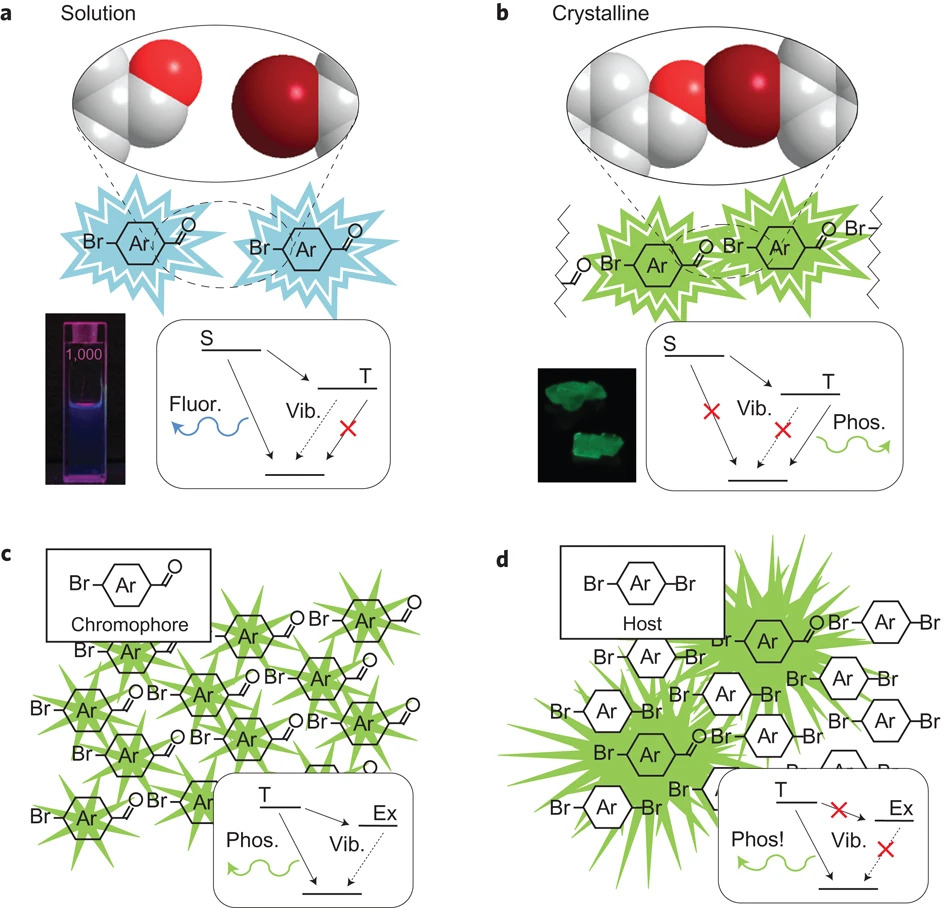
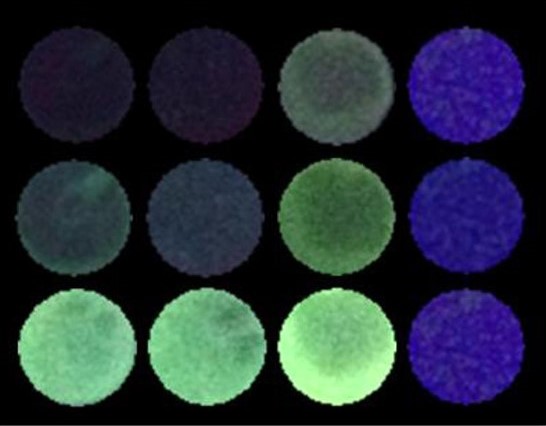
One of the primary research pursuits within our laboratory centers on the conceptualization of metal-free organic phosphorescent materials. We have formulated a molecular design framework aimed at the realization of entirely organic phosphors that exhibit a remarkable emission quantum yield, even at room temperature, inclusive of the presence of oxygen. Through a systematic and judicious integration of heavy atom effects via intermolecular halogen bonding within crystalline aromatic carbonyl compounds, we have achieved a significant enhancement in the efficiency of triplet state generation while concurrently suppressing the dissipation of vibrational energy. Furthermore, by modulating the electron density within these organic phosphorescent materials, we have successfully achieved dynamic control over their emission color. Presently, our research endeavors are focused on the development of a second generation of organic phosphors, characterized by ultrafast microsecond-scale emissions. This innovative approach holds the potential to revolutionize the current landscape of optoelectronic devices by ushering in new paradigms and applications.
Highlighted Publications
- Onas Bolton, Kangwon Lee, Hyong-Jun Kim, Kevin Lin, Jinsang Kim “Activating Efficient Phosphorescence from Metal-free Organics by Crystal Design” Nature Chemistry 2011, 3, 205.
- Wenhao Shao and Jinsang Kim, “Metal-Free Organic Phosphors toward Fast and Efficient Room-Temperature Phosphorescence”, Accounts of Chemical Research 2022 55 (11), 1573-1585
Biosensors
Sensitivity and selectivity are the most important parameters of a sensor. Nature provides high fidelity in biosynthesis. The unique combination of this specificity of the bio-system and the tunable properties of synthetic polymers would be a promising direction toward molecular sensors with high selectivity and sensitivity. We are developing molecular biosensors and bio-microarrays through bio-/synthetic hybrid systems for clinically important biological materials. In our lab, we’re all about creating super-smart color-changing sensors. We mostly use polydiacetylene (PDA) sensor that can change color when stress is induced on its liposome. The stress originates from target moieties, like ions, gases, or even viruses. We have been working for many years to improve the selectivity and sensitivity of PDA sensors. Recently, we came up with a clever trick called the “dummy molecule approach.” It’s like giving our sensors a boost, making them even better at detecting things accurately. We’re also using our cool purely organic phosphors to detect hypoxia in eyes. This could be a game-changer for easy monitoring of oxygen level in eye. We have teamed up with Professor Yannis Paulus from the Kellogg Eye Center to make it happen.
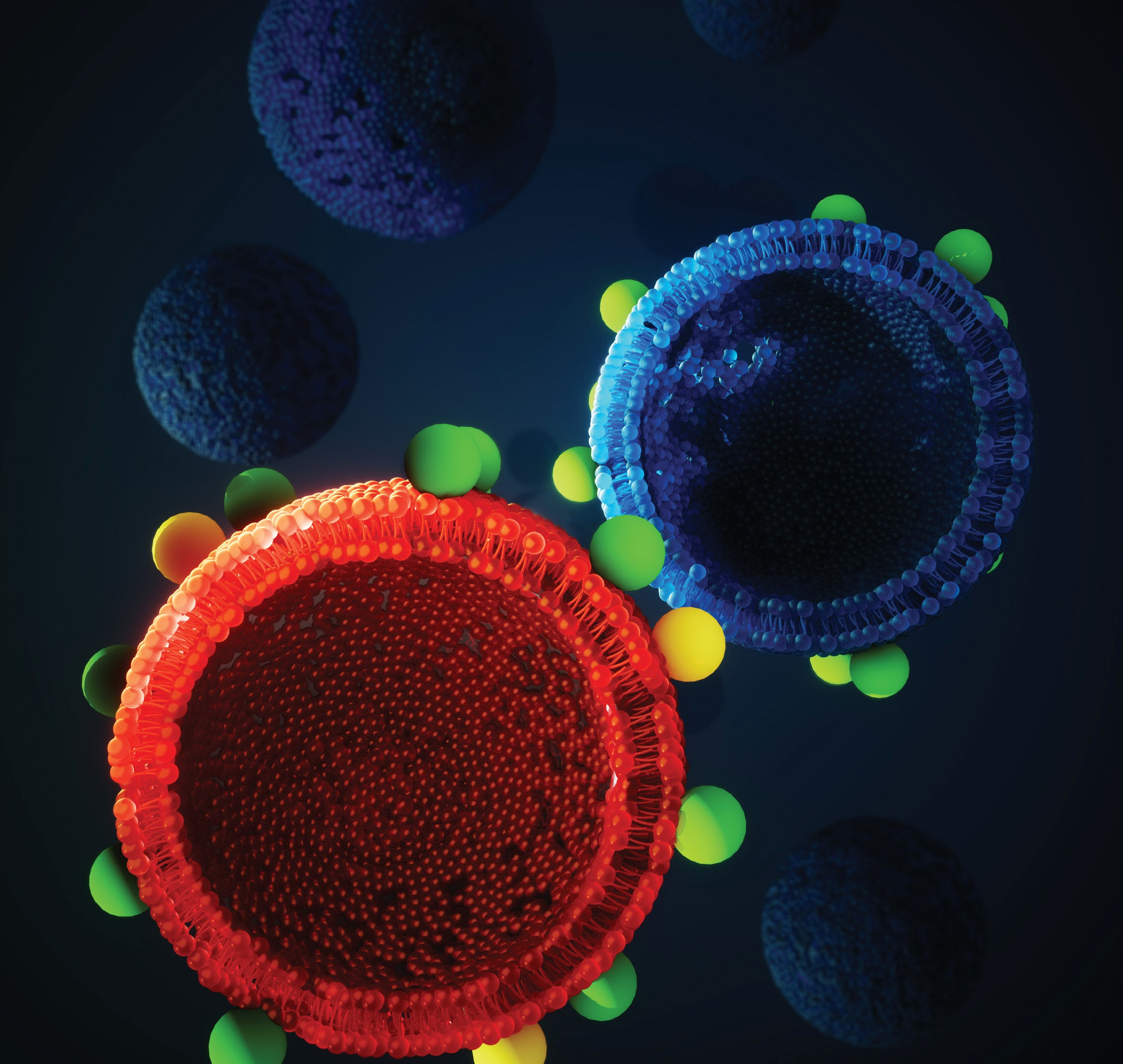
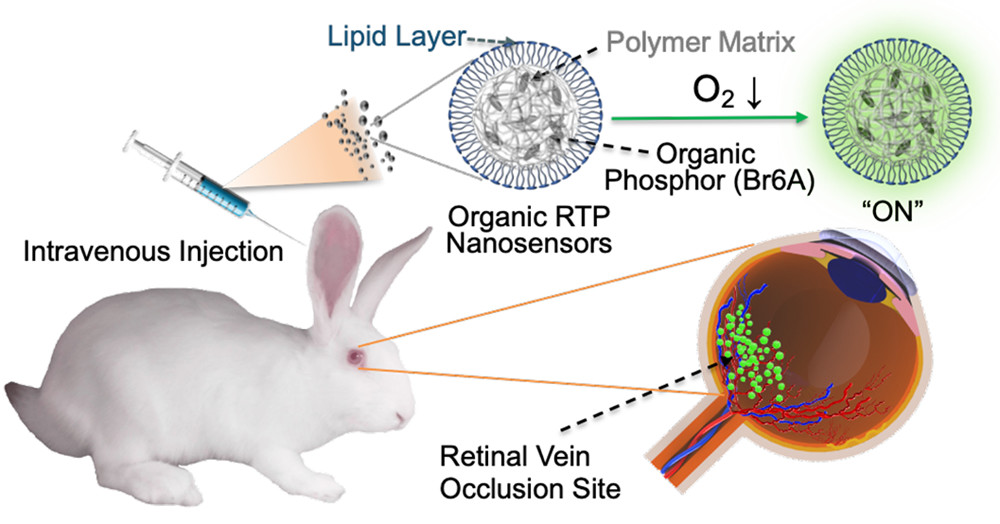
Highlighted Publications
- Lee, J., Jun, H. and Kim, J. (2009), Polydiacetylene–Liposome Microarrays for Selective and Sensitive Mercury(II) Detection. Advanced Materials, 21: 3674-3677. https://doi.org/10.1002/adma.200900639
- Y. Yu, M. S. Kwon, J. Jung, Y. Zeng, M. Kim, K. Chung, J. Gierschner, J. H. Youk, S. M. Borisov, J. Kim, Room-Temperature-Phosphorescence-Based Dissolved Oxygen Detection by Core-Shell Polymer Nanoparticles Containing Metal-Free Organic Phosphors Angew. Chem. Int. Ed. 2017, 56, 16207. https://doi.org/10.1002/anie.201708606
- Deokwon Seo, Ramin Ansari, Kangwon Lee, John Kieffer, and Jinsang Kim, Amplifying the Sensitivity of Polydiacetylene Sensors: The Dummy Molecule Approach,ACS Applied Materials & Interfaces, 2022 14 (12), 14561-14567. https://doi.org/acsami.1c25066
Bio-inspired Materials

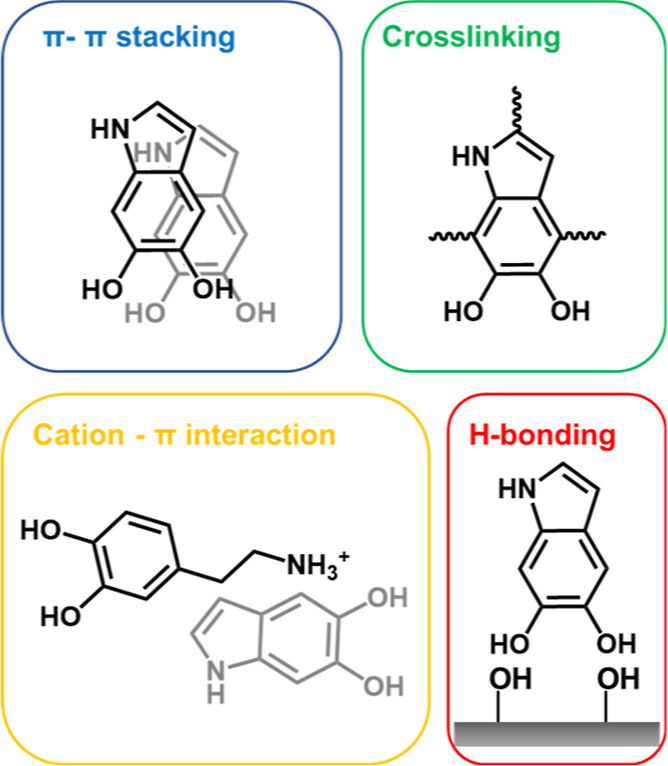
Our research endeavors encompass a multifaceted spectrum of expertise, spanning the domains of organic phosphors, biosensors, and the innovative realm of mussel-inspired coatings. Through a systematic and rigorous investigative approach, we have successfully achieved a robust interfacial adhesion between these coatings and diverse substrates. Building upon this foundational knowledge, our current research trajectory is directed towards harnessing the intrinsic properties of these coatings for the capture of carbon dioxide (CO2) from the ambient air. We are also actively investigating the possibility of using dopamine chemistry to improve durability and sustainability in pavement materials. This interdisciplinary amalgamation of knowledge and techniques holds profound implications for addressing pressing environmental challenges. If you require further elucidation or have specific inquiries, please do not hesitate to seek additional information.
Highlighted Publications
Sustainable Polymers
This is a brand new direction for our lab group. With the increasing concern of synthetic plastics, we would like to systematically develop molecular design principle for inherently recylable polymers using dynamic covalent chemistry. The recycling strategy will be a closed loop recycling strategy so that you can easily degrade your polymer and get back the initial precursors and reinitiate the polymerization. This project will be funded by the NSF MRSEC grant. A brief idea about this grant can be found here.
